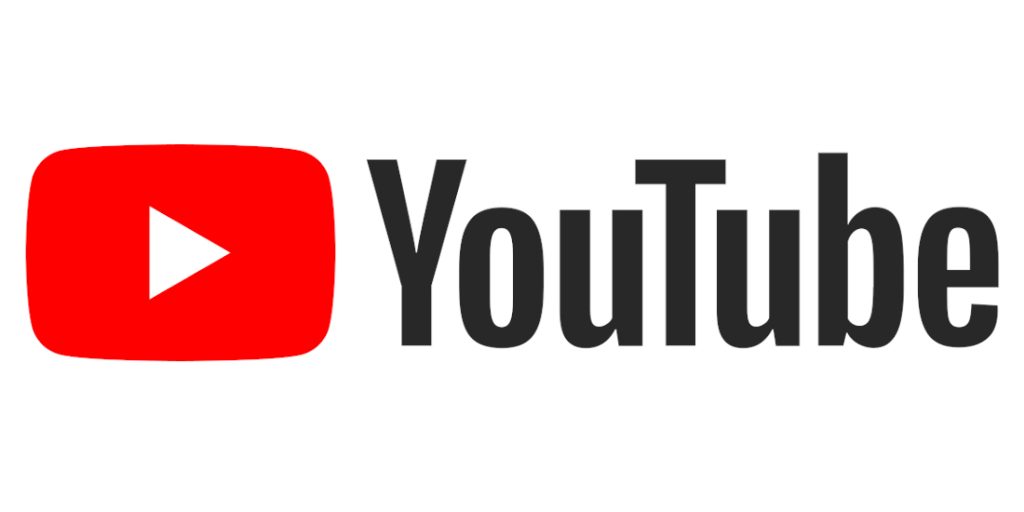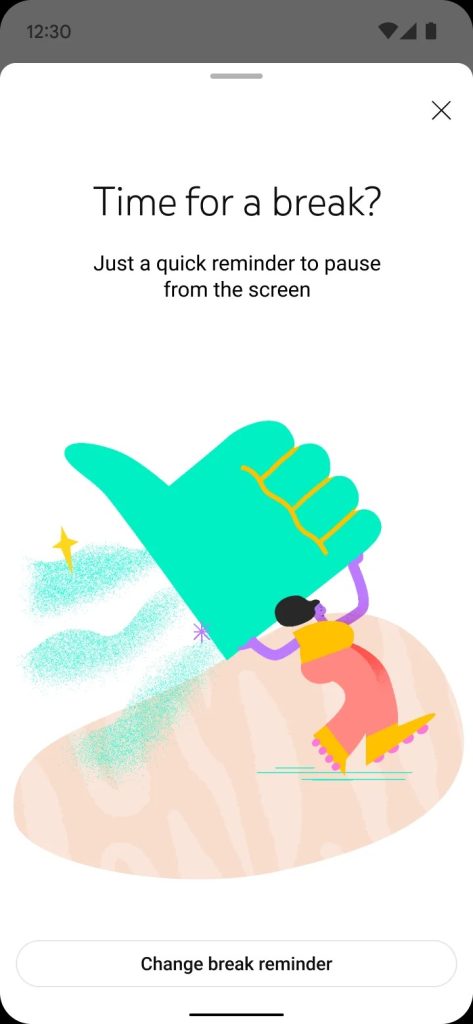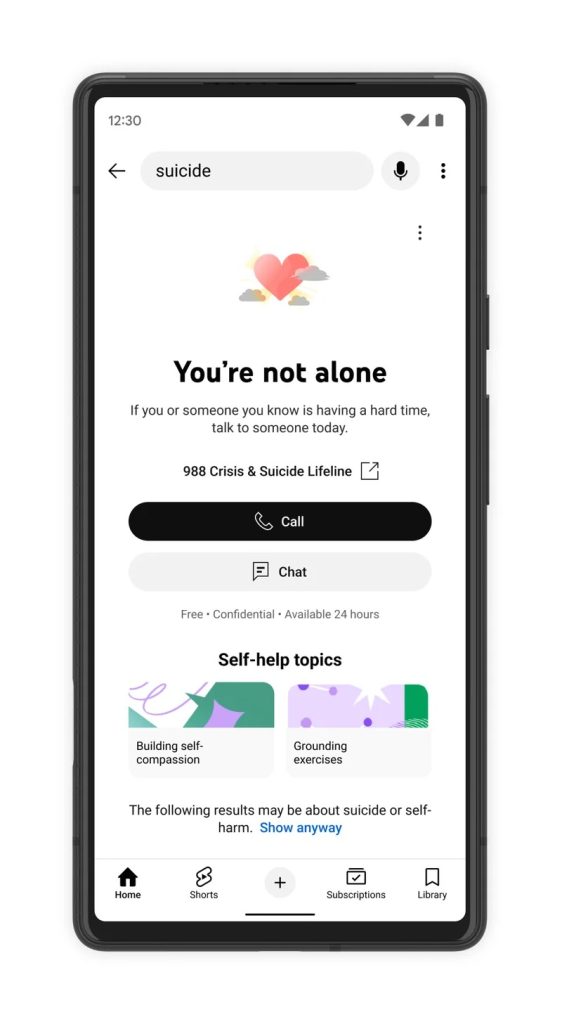
YouTube has introduced a series of updates designed to support the unique needs of teenagers and promote their safety, privacy, and well-being while using the platform. These updates come as a result of collaboration with experts in child development, digital learning, and children’s media through the Youth and Families Advisory Committee.
Safeguarding Content for Teens
YouTube has implemented safeguards for content recommendations to teenagers to prevent them from repeatedly seeing certain types of content. These categories include content that promotes negative body image, idealizes specific fitness levels or body weights, and displays non-contact fights and intimidation. These restrictions are being applied to teenagers in the United States and will expand to more countries in the coming year.
Enhanced Digital Wellbeing Tools

To make the platform safer and more relevant for teens, YouTube has revamped features like “Take a Break” and “Bedtime Reminders.” These will appear more prominently, with default settings for Take a Break reminder every 60 minutes, providing a better way for parents to manage their children’s viewing preferences.
Improved Crisis Resource Panels

YouTube is expanding crisis resource panels to provide a full-page experience for viewers searching for topics related to suicide, self-harm, and eating disorders. This feature aims to help users pause and explore helpful resources during times of distress. It includes third-party crisis hotlines and suggestions to guide search queries toward positive content.
Collaborating with Experts and Organizations
YouTube is partnering with the World Health Organization (WHO) and Common Sense Networks to develop industry-wide resources related to teens and online wellbeing.
They are also working on educational resources for parents and teens, focusing on responsible video creation and online habits. A round table of experts is being hosted to develop principles for age-appropriate mental health content for teens and strategies for communicating mental health resources to teens online.
Regarding the announcement, Allison Briscoe-Smith, a clinician-researcher and member of the Youth and Families Advisory Committee, said,
A higher frequency of content that idealizes unhealthy standards or behaviors can emphasize potentially problematic messages—and those messages can impact how some teens see themselves. Guardrails can help teens maintain healthy patterns as they naturally compare themselves to others and size up how they want to show up in the world.
